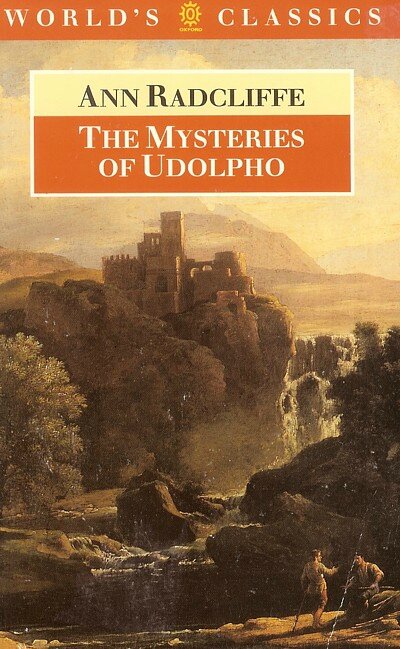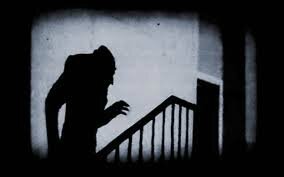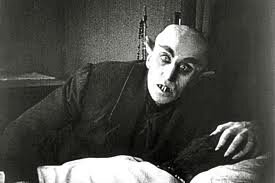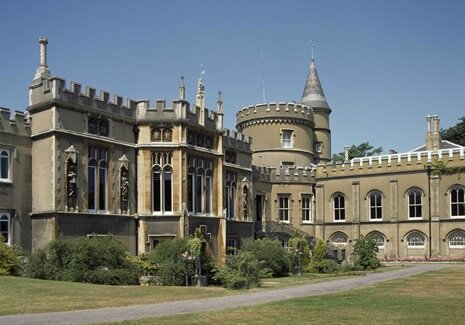Gothic novel after Walpole and Beckford
1764 is an important year for gothic novel : first of all the first « roman noir » is published (Horace Walpole – The castle of Otranto) but it's also the birth of Ann Radcliffe (1764-1823) who will set up this fashion of gothic novel. She wrote The Castles of Athlin and Dunbayne in 1789 and one of her most famous writing is The Mysteries of Udolpho published in 1794.
The raise of gothic novel is taken with Lewis but also Mary Shelley (1797-1851) . In 1816, the Shelley family travelled to Geneva to spend the summer with Lord Byron, Mary's sister's fiancé, and John William Polidori. Due to the bad weather they stayed inside and talked about the naturalist Erasmus Darwin who was experimenting on the resuscitation of matter and ghosts stories. It is then than Byron suggests they create their own fantastic story. Mary Shelley will write Frankenstein, published in 1818 and Polidori will create The Vampire in 1819.
The influence of gothic novel will extend trough centuries, breathing life into ghosts, horror stories and gloomy atmosphere.
At the end of the nineteenth century, a writing regains all gothic novel elements : Dracula, published by Bram Stocker in 1897. There is indeed a dreary atmosphere : the main character visits a cemetery and then lives in an old castle in Transylvania. In addition Jonathan Harker, the main character who needs to regulate a real estate business, has visions : beautiful women haunt him at night. Last but not least the novel is filled with supernatural creatures like vampires (Count Dracula) and werewolves (at the beginning of the story when Jonathan Harker is lost in the woods).
Bram Stocker will inspire many film makers such as Friedrich Murnau who created Nosferatu in 1921 ; Tod Browning with Dracula in 1931 ; Terence Fisher with The Nightmare of Dracula in 1958 ; and finally Francis Ford Coppola with the most famous Dracula in 1992.





















